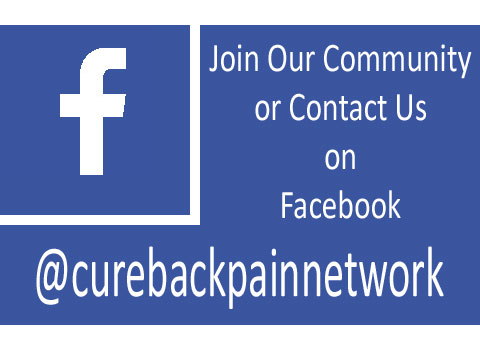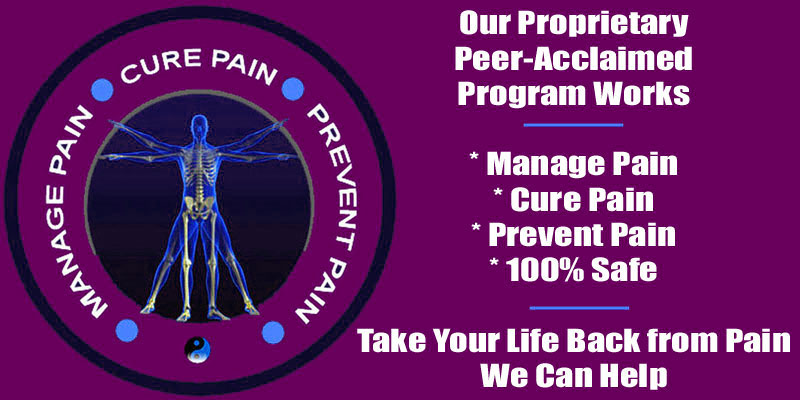
We advise every reader to be sure to get a scoliosis second opinion, since some curvatures do not qualify to be labeled scoliosis and virtually all atypical curvatures have a variety of treatment options. Second opinions are powerful weapons in the fight against misdiagnosis, unnecessary treatment and the general victimization of patients by opportunistic caregivers.
In today’s modern medical system, people must be proactive in their health, always doing everything to protect themselves from the various forms of iatrogenesis that can befall them. Scoliosis patients are certainly no exceptions to this rule.
We have been extolling the benefits of second opinions for the full range of dorsalgia diagnoses for many years. Of all the things a patient can do to improve their therapeutic outcomes from any type of treatment, and for any type of back pain issue, getting multiple professional opinions is certainly one of the most effective strategies.
This essay explains the value of seeking multiple diagnostic and treatment opinions before accepting a diagnosis or acquiescing to care. We will also detail the risks of not seeking a second opinion and the consequences this foolish choice might entail.
Scoliosis Second Opinion on Diagnosis
When it comes to diagnostic mistakes, the topic is very near and dear to me, as I was a victim of this relatively common form of healthcare negligence. After suffering lower back pain of intense severity in my late teens, my mother brought me to see her chiropractor. Why she did not bring me to a physician remains a mystery to me…but I digress. This doctor diagnosed me with scoliosis and told me that I had a serious spinal problem that would require aggressive daily care for months and continuing care for the rest of my life. The chiropractor was very grim and his demeanor literally scared me to death. I went home that day thinking that my life was over before it had even truly started. If this is not a serious nocebo effect imparted against a hapless victim, then I have no idea what is…
To make a long story short, (and since the entire story has been told elsewhere on the sites on The Cure Back Pain Network), I can tell you the following: I did not have scoliosis, nor did I ever have it. I did have a tiny abnormality of slight curvature in my thoracic and lumbar regions that did not even come close to qualifying to be called scoliosis by the miniscule degree of curvature. Furthermore, it was obvious that the curvature was not skeletal/spinal, but was instead a direct result of the powerful muscular spasms that I had been suffering for weeks already due to my pain. Finally, I can tell you for certain that this chiropractor was incompetent, idiotic, cruel, callous, a liar and eventually showed his true financial motivations in the future. Caregivers like this should not be practicing. They should be jailed. Unfortunately, thousands upon thousands of reader letters suggest that this criminal is far from alone in his efforts to steal money at the expense of people’s health. So many people are misdiagnosed with scoliosis and are led on fruitless quests for relief, when they do not even demonstrate abnormal spinal curvature to any significant degree.
Remember, only side-to-side spinal curvatures of 10 degrees or more qualify to be called scoliosis. Remember also that functional changes in side-to-side curvature are common consequences of back pain, not causes of it. Do not become one of the many people who are diagnosed with scoliosis and placed into treatment for a condition that does not even exist and is certainly not the cause of pain. Learn from my, and your fellow patients’, bad experiences. Get a second opinion on any diagnosis and be sure that at least one opinion comes from an objective medical doctor.
Second Opinion on Scoliosis Treatment
If you do actually have scoliosis that is confirmed by more than one qualified healthcare provider, then you may or may not require treatment. Age, physical condition, particulars of the curvature and symptomology are all important factors to consider when determining which, if any, treatment might be best for specific cases of scoliosis.
Research and clinical evidence proves that the overwhelming majority of scoliosis patients will not require any treatment, since their curvatures are not pathological. They might have back or neck pain that may require treatment, but these symptoms are not traceable to the spinal curvature and should therefore undergo continuing diagnostic evaluation to determine their actual origin. Remember, scoliosis patients can suffer from back pain just like non-scoliosis patients. Just because back pain is present in association with scoliosis does not mean that the 2 conditions are inherently related without diagnostic proof of a relationship being established.
We correspond with thousands patients who have been mistakenly told that all scoliosis is painful and problematic, therefore requiring treatment. We have also corresponded with ten times that amount who were told that most scoliosis is not painful, but their case happened to be the exception, without any proof linking the curvature to the symptomatic expression. The reason for both of these relatively common scenarios comes down to care provider greed. Doctors who use these falsehoods to become rich at the expense of their patients’ health should be jailed. Doctors who actually perform dramatic surgery for these coincidental cases of scoliosis should receive a far worse punishment…
Scoliosis Second Opinion Guidance
Our advice is based on decades of work in the chronic pain sector, proprietary research, clinical practice and access to literally millions of patients worldwide. Our guidance (unlike most) is NOT geared towards securing you as a patient (paying customer) and is NOT in any way financially-motivated. We suggest that every patient seeks out qualified, expert diagnostic evaluation for any possible case of scoliosis:
Listen to what the doctor has to say and take notes. Allow them to present a complete picture of the condition, including treatment recommendations and prognosis. Do not allow their words to create a nocebo effect on you. Simply observe and document what is told to you, but remember every detail. Next, get a second and possibly third diagnostic opinion from other qualified care providers who are in no way associated with the first diagnostician. If you have to pay out of your own pocket for these opinions, then do so. It is a worthwhile investment. In identical fashion, listen and document what you are told. Once you have 2 or more diagnostic opinions, then you can compare your notes and determine the best course of action.
If you do have scoliosis, remember that treatment is rarely needed, barring cases where internal organ compression (like heart and/or lung) is occurring, functionality and mobility are threatened or the curvature is incredibly severe and causing a assortment of postural and painful problems. Most mild to moderate cases of scoliosis (accounting for virtually all typical cases) do not require any treatment at all. This is not to say that back pain might not be present, since dorsalgia affects 85 % of all adults, regardless of the presence of any spinal abnormality, like scoliosis. Therefore, if scoliosis and back pain are present together, be extra careful about undergoing particularly thorough diagnosis to search out the correct origin of pain in order to improve the chances of symptomatic resolution and recovery, instead of suffering through fruitless therapy, unnecessary surgery and eventual disability all because the true cause of pain was never correctly ascertained. In essence, get a scoliosis second opinion because it might just save your life.





